“IN PHOTOS” is a series I use to share many of the hundreds of photos I have taken during my travels. It is a series I started after visiting Chefchaouen, Morocco and thought the best way to share my experience there was “IN PHOTOS”. This series will not have a set schedule like my “MUSIC MONDAY” or “PHOTO ROUND UP”. “IN PHOTOS” will be a post with several photos with no limit. The only restriction this series will have is that it must be about a certain subject or theme. I will write a brief description of the subject or theme of the photos and then post the photos. I will not caption the photos like I do on my “PHOTO ROUND UP” with my thoughts. I want to use “IN PHOTOS” to share my photos and let you come up with your own thoughts about the images and hope you share them with me. I have also numbered them in case you want to leave a comment about a specific photo.
—
I’ve shared my thoughts about the Tuol Sleng Genocide Museum and what the Khmer Rouge Regime did there. Now I will share my thoughts about the Killing Fields and what the Khmer Rouge Regime did here. The Killing Fields is a number of sites scattered through out Cambodia where the Khmer Rouge killed and buried millions of victims. It’s estimated that over 20,000 mass graves are scattered through out Cambodia where an estimate of up to 3 million people were killed and buried. The victims of this regime were any intellectual who held a profesional job, spoke a foreign language, was not 100% Cambodian, worked for the former government/military or even wore glasses. If you didn’t die of starvation or disease the next main cause was being killed for no reason by the regime. The methods used by the regime to kill innocent people were inhumane and ranged from being beat to death, left hanging, cut open with farm tools, mutilated for fun, sometimes buried alive and hundreds of other ways.
Of all the Killing Fields found around Cambodia the most famous is the one at Choeung Ek (about 17km from Phnom Penh). It was here that over 9,000 bodies were found and today is a memorial/museum, marked by a Buddhist stupa (photo #14). The stupa has acrylic glass sides and is filled with more than 5,000 human skulls (photos #11 – 13). When you enter the memorial you are given an audio tour included in your ticket price that gives you detailed information about everything that happened at Choeung Ek. As I made my way around the memorial learning more about the atrocities the Khmer Rouge Regime managed to accomplished I had to pause many times to just not break out in tears from everything I was hearing and seeing. One of the most disturbing things I learned was that the regime rarely used ammunition to kill anyone to help conserve it for more important needs and also that some of the victims throats were slit open by using the branch of the star leaf palm trees (photo #1). When I learned about that I got tears and kept thinking to my self I have seen these type of palm trees all my life and not once had I ever thought about using the edges of the branch as a saw to slit anything. I looked at the palm trees near by and noticed they were everywhere and so decided to touch the branch and yes it was very sharp. The imagination used by the regime to kill millions of people is out of this world.
The memorial is well marked with detailed information and even though I felt uncomfortable taking photos at times managed to take many photos of some of the important locations and thought it was best to let some of the photos do the speaking. For some reason this event has intrigued me more than any other event I have learned about during my travels in Southeast Asia that I have even read two books about it and have many more I want to read. The two books I read are First They Killed My Father by Loung Ung and Survival in the Killing Fields by Haing Ngor. Both books are about life in the Killing Fields, the 1st one is from the perspective of a 7 year old who struggles to survive and the 2nd one is from the perspective of an adult who was a wealthy Dr and the entire time is having to hide his identity. Both of them are amazing books, that made me cry many times. I cried because half the time I just couldn’t believe what they had to go through and like I thought while walking around the memorial “why did this happen?” I thought while reading them. If this is your first time learning about this Genocide I’d highly recommend reading both of those books, because they will give you a greater insight on the events that happened during the rule of the Khmer Rouge Regime.
Even though I can write a million things about how I feel or what I think I will stop here and finish with saying this. I know this is not the first time genocide has happened and sadly know it won’t be the last, but feel that the only way to help stop prevent this from happening again is from sharing it. Sadly evil people do exist among us and come into power that feel the need to do these atrocities and I will never understand why. I’m glad Cambodia embraces a part of it’s history that is so dark and encourages it’s visitors to visit these museums to help enlighten us and help prevent this from happening again. Please take your time as you go through these photos many are filled with detailed signs and I honestly hope you share your thoughts about this with me. Even though I turned the photos to black & white to show more of the detail I did leave two of them in color and think you will understand why.
—
—1—
—5—
—6—
—7—
—8—
—9—
—10—
—11—
—13—
—14—
—15—
—16—
I hope you share your thoughts below.
—
PREVIOUS IN PHOTOS
- Exploring the temples of Angkor Wat in Black & White.
- A day in Hue, Vietnam in photos.
- The bright colors of the Minority People of Vietnam in photos.
- A stroll through Orchard Road (the Ritziest street in Singapore) in photos.
- The Petronas Twin Towers in photos.
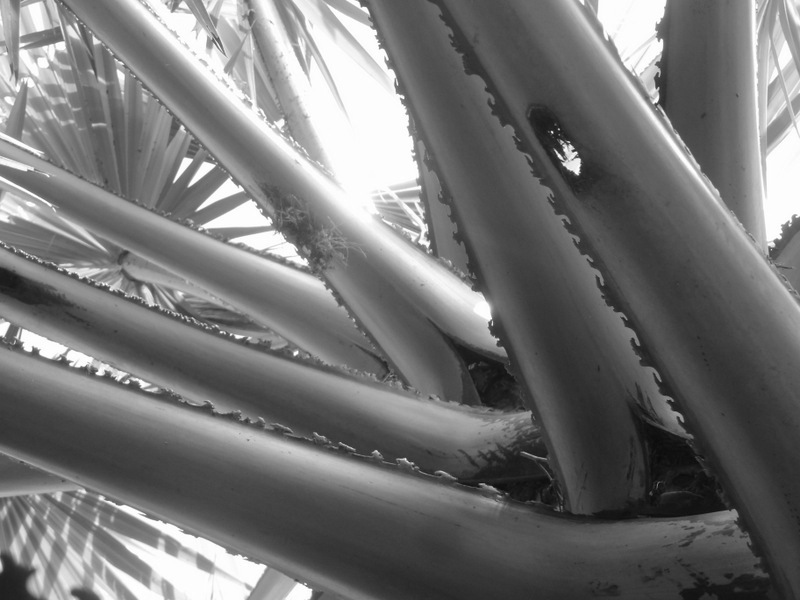
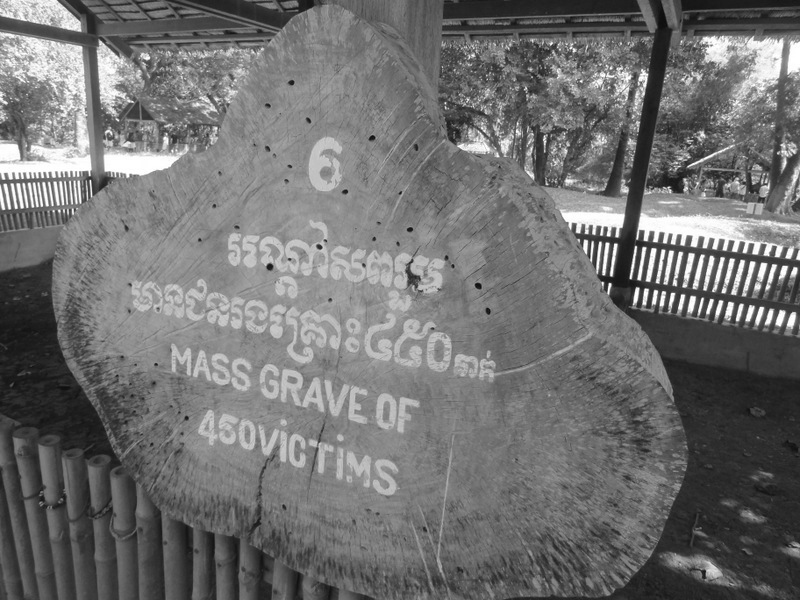
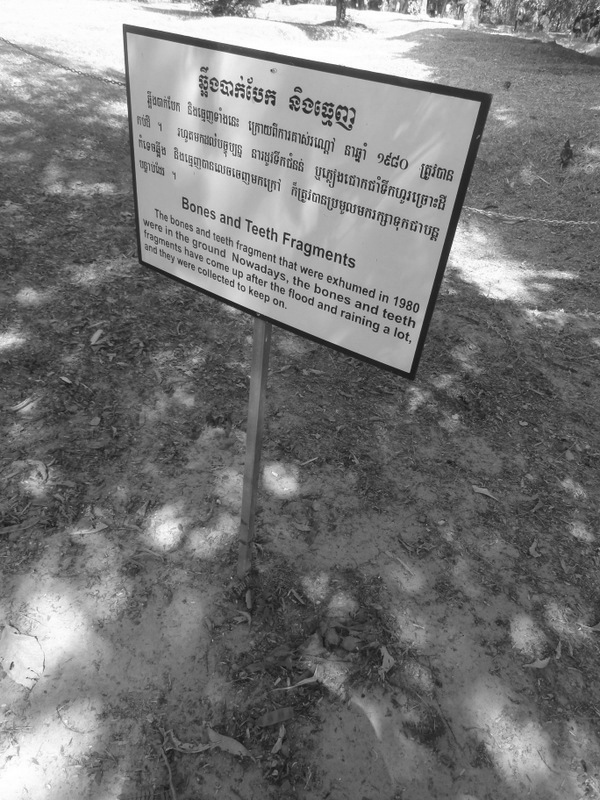
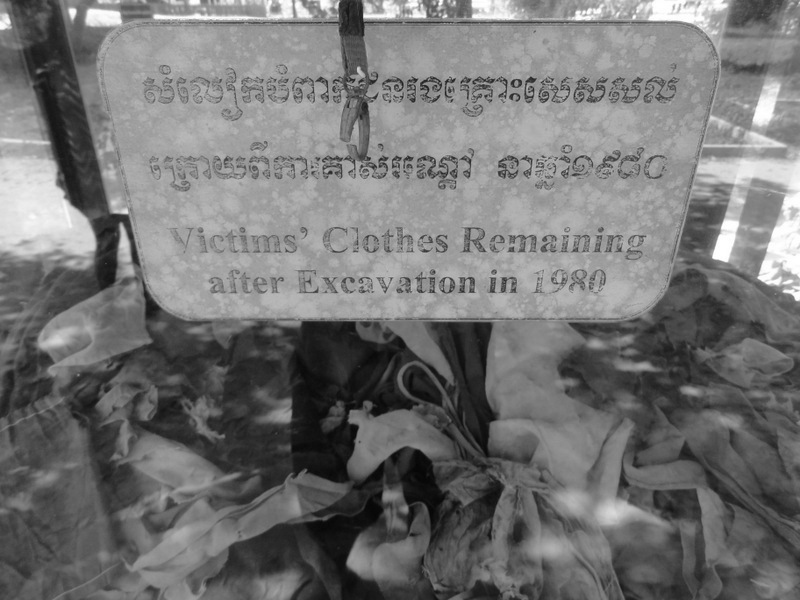
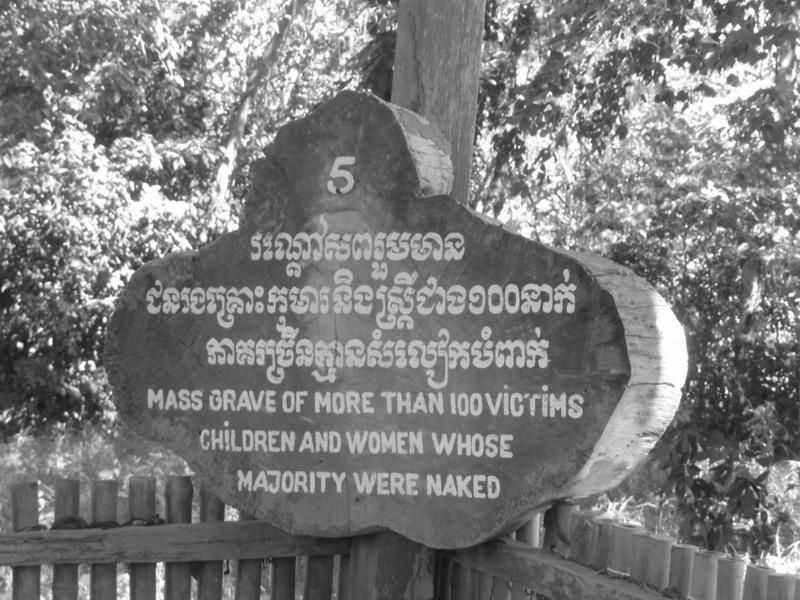
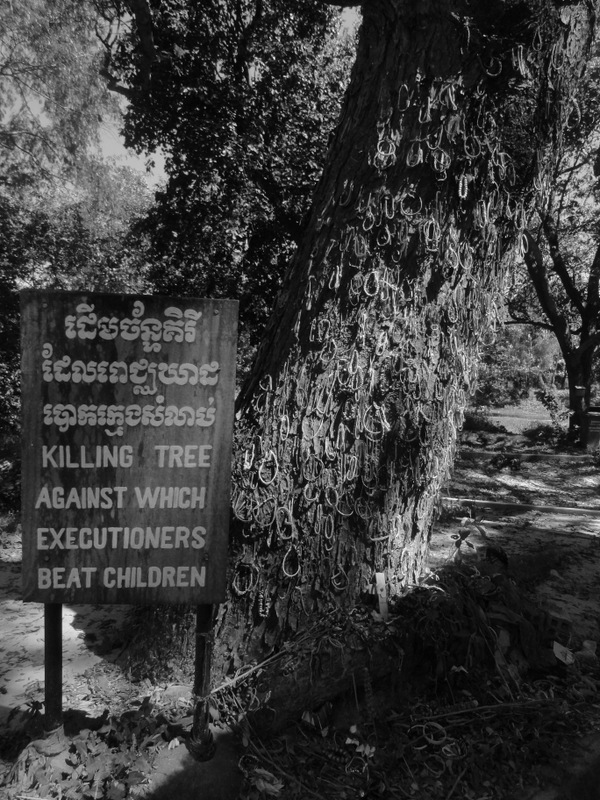
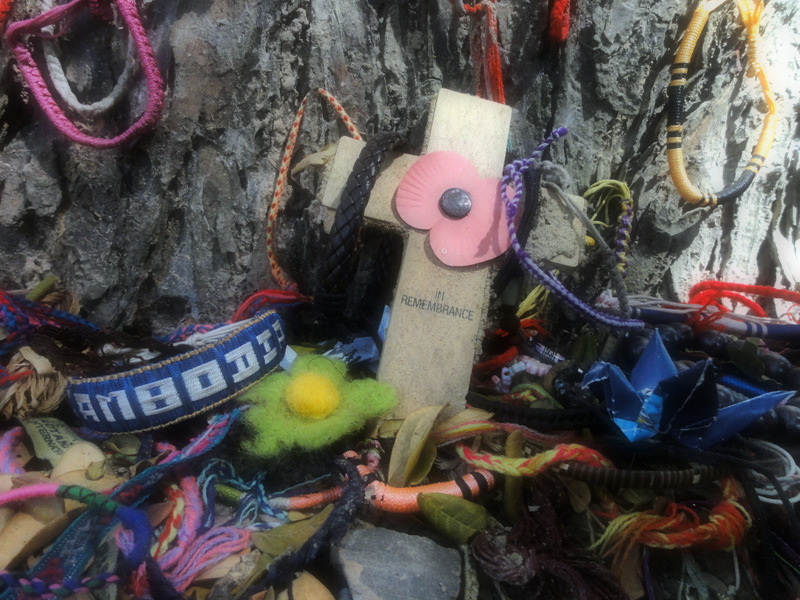
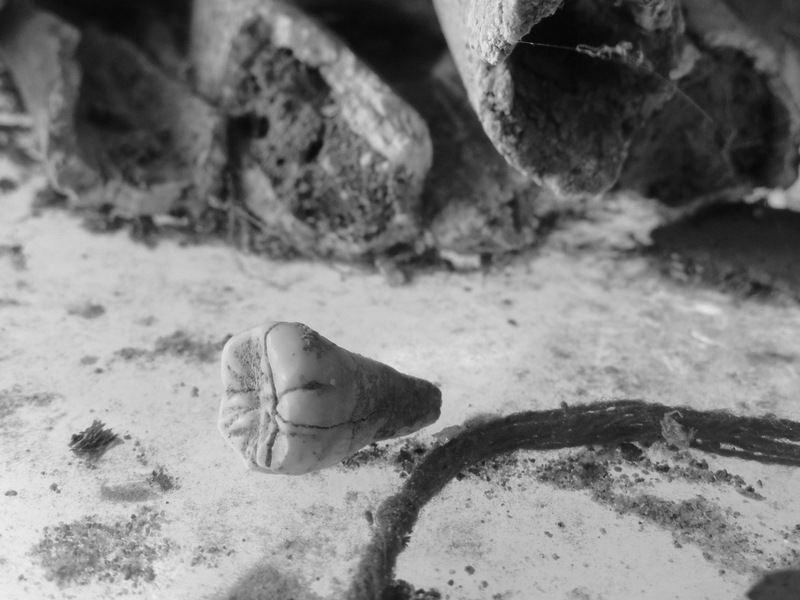
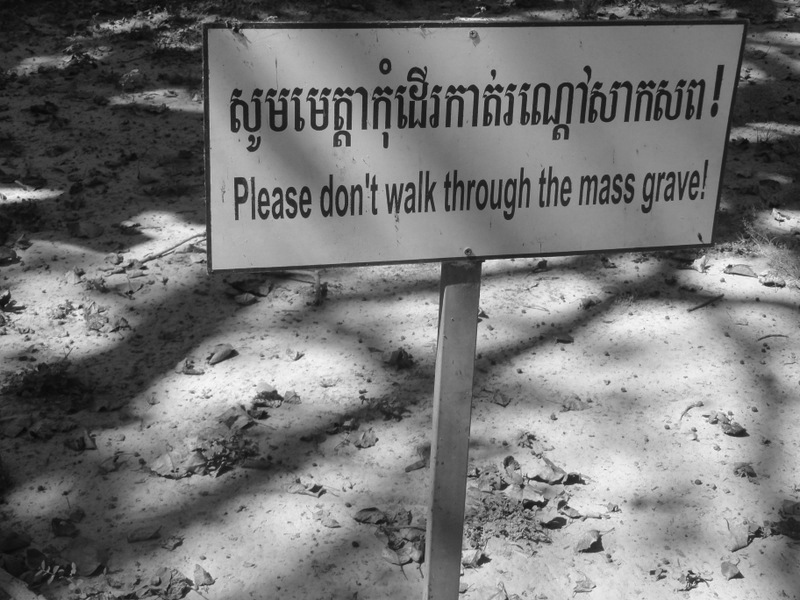
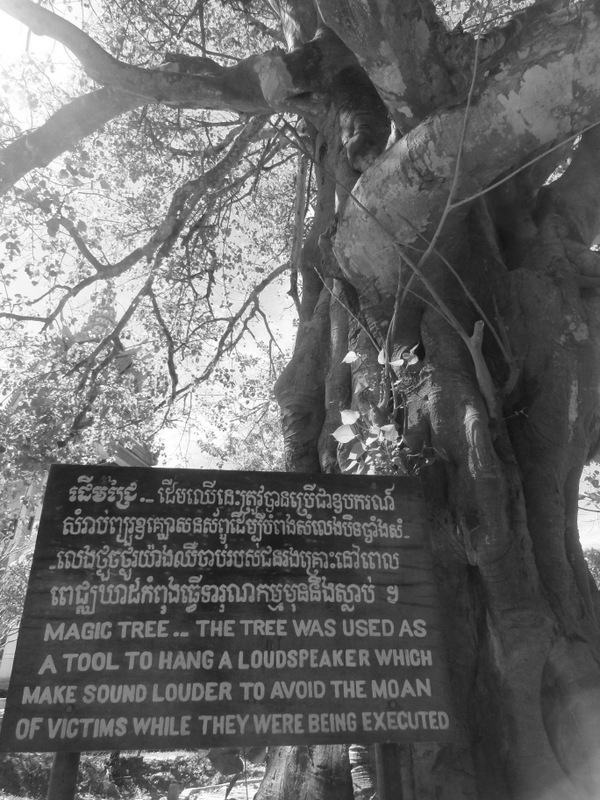
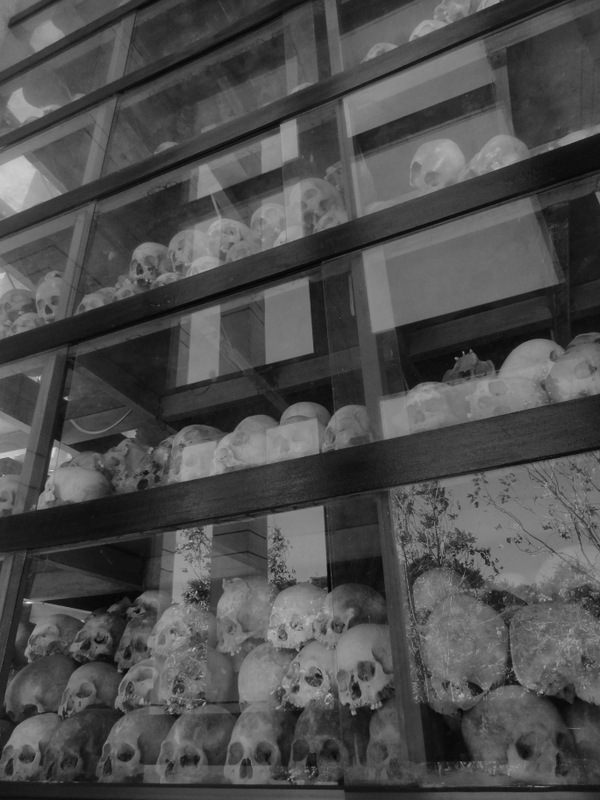
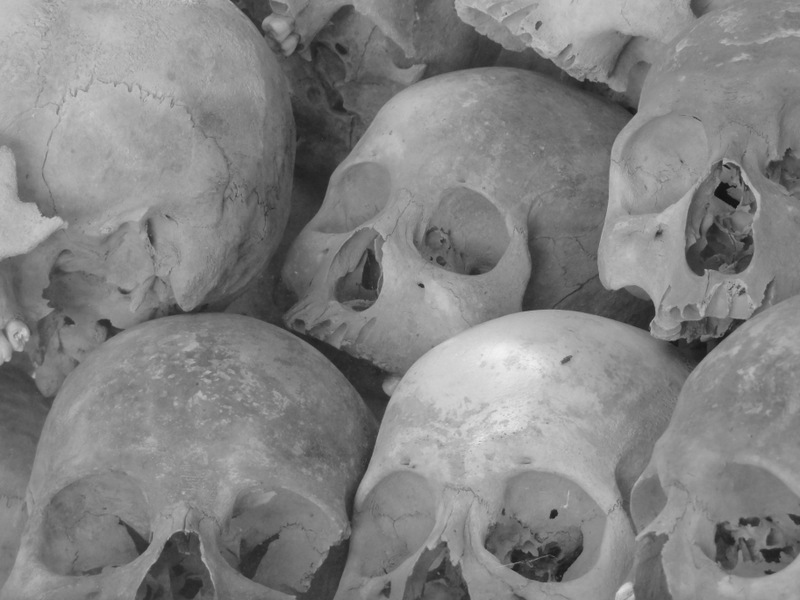


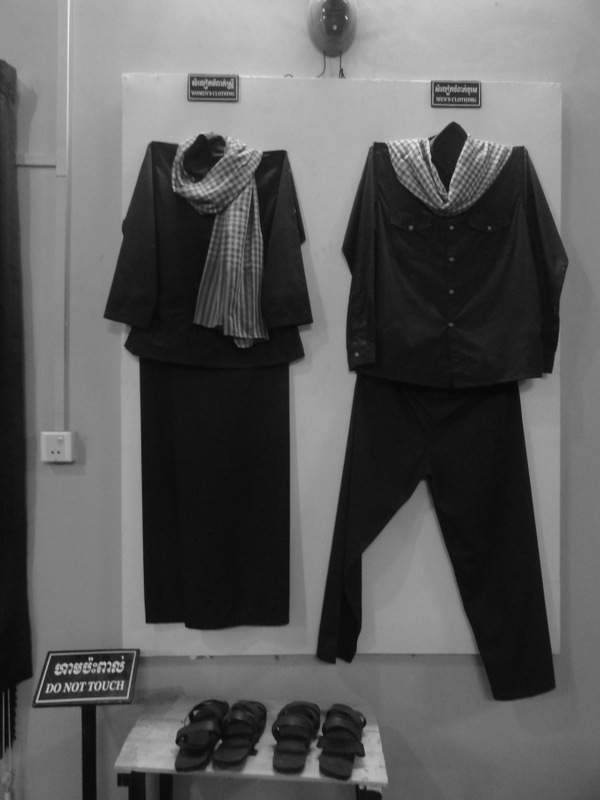
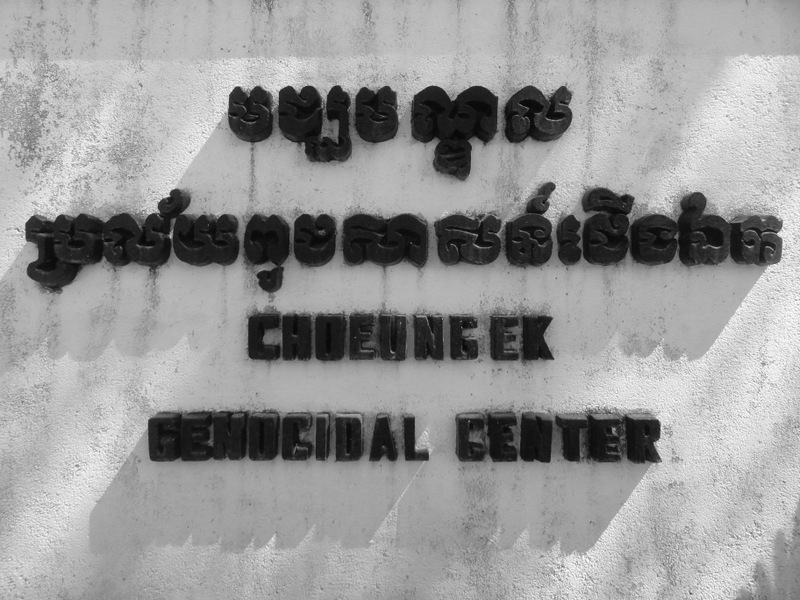
Just horrible
I know Hogga, it’s so hard to grasp.
Everyone should see this place. Perhaps then there would be ore peace on Earth. Your pictures brought tears to my eyes 🙁
Didn’t mean to make you cry Maria, but yes everyone should see this. I hope it would bring piece on Earth, but sadly don’t think that will ever happen.
Wow…just horrible. I can’t believe the evil that exists in this world.
Andi of My Beautiful Adventures recently posted..Buenos Aires, Argentina: Parque Tres De Febrero
I know Andi, it’s hard to imagine such evil on Earth. It’s here though & we have to help prevent it.
As soon as I read, “…against which executioners beat children” my heart sunk to my stomach. By showing these photos on your blog, I hope it raises people’s awareness for how important it is to spread human compassion.
I know Patricia, it was so sad to visit and hard to take in. I’m just happy they share this with us to help stop it from happening again.
Seriously depressing place. It has so much more impact being there and seeing those things for yourself rather than just reading about it. It pains me that things like this happen.
Ali recently posted..How to Pick Carry-on Only Luggage
I know it’s so damn sad Ali & until you go there and see for yourself you can not feel the impact it really has on you when you are there. It’s hard to even fathom that something like this really happened… & like yesterday!!
A punch in the heart…
Giulia recently posted..48 hours in Iceland and loving it
A big one Giulia.
Visiting these places really sincerely changed me at my core. I think not only was I shocked at the way humans can treat each other, but also realized how genocide is not something of the past. We tend to put it to WW2, nazis, etc, but when I realized this ended the year I was born, and that since then there have been other cases of genocide that I just never paid attention to, it broke my heart to think how blind I have been allowed to be, how lucky I have been to never experience this, and just how many millions of people have suffered in ways I can’t even imagine. But I think seeing this, experiencing this, is so important – and if everyone did, there would be much more of an inclination towards maintaining peace.
Agree with everything you sai Jessica I felt the same way. It’s something I just didn’t know much about either until I started following backpacking blogs and well then I read books about it & then I actually visited. It sad that so many genocides have happened since WWII and are still happening today and think if more people learned about some of the ones that happened here not many would be allowed to happen. Sadly though most people continue to live their lives caught up in their own drama they never realize how lucky they are to have the things they do. Anyway I know you’ve read the 1st book but if you haven’t read the 2nd one you should check it out… it’s such a good read with more insight on the Killing Fields.
I visited this place 2 years ago. You should explain what the first picture is about and how the executioner would use those saw-like palm branches edges on their victims.. I consider myself a hardened person and would not be easily effected emotionally, but this place is just something else. I’ll encourage other people to visit this place. but i myself will never visit the killing field again. It is just too depressing
Hi Ben, oh I did explain about the saw-like branches in what I wrote. I felt like that is so important and well I agree with you I don’t think I could ever go to it again. It is just a hard place to visit and very sad to see, but still feel like it’s something everyone should see.